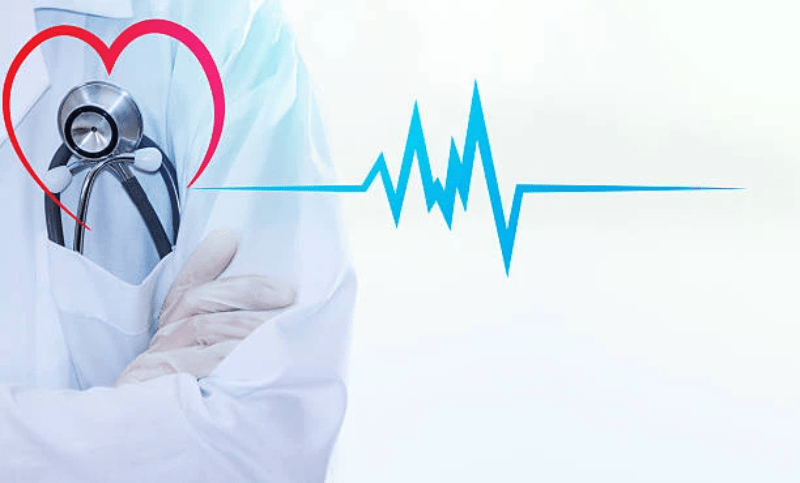
Interventional cardiology treatments are a common form of treatment. They involve the use of electrical current to regulate a heart rhythm. A cardiologist uses a small amount of electricity, similar to microwave energy, to restore a heart to an appropriate pace. A pacemaker, meanwhile, is a device that controls the heart's rhythm. Both types of interventional cardiology treatments can help you live a normal life, free from symptoms.
Interventional cardiology is another sub-branch of cardiology. It involves the use of a small, flexible tube called a catheter. The main purpose of this type of treatment is to widen narrow arteries and repair damaged blood vessels to promote healthy blood flow throughout the body. In addition, the procedure can detect a faulty heart valve or other underlying cause of a slow heartbeat. These vein specialists also offer invasive procedures to treat heart failure or a damaged heart.
Cardiovascular disease is the number one cause of death in the United States. About one in every three Americans die from cardiovascular disease each year. Although it is impossible to prevent every heart condition, it can be prevented by decreasing your risk factors and undergoing preventive cardiology treatment. By understanding the causes of heart failure and monitoring the symptoms, you can take steps to protect your heart from further damage. These treatments can also improve your quality of life by preventing heart disease.
The first type of cardiology treatment is cardiac mapping. This method is used to pinpoint where electrical signals are generated within the heart. The cardiologist places catheters in different areas of the heart to record the electrical signals. Afterwards, a cardiologist will perform an ablation procedure. This procedure is done by applying heat energy to the problem area, destroying the abnormal heart rhythm. This treatment can be performed to treat patients who are experiencing symptoms of heart failure or are at risk of developing it.
Invasive cardiology, which involves using medical instruments to monitor the heart, focuses on treating structural heart disease. The procedure involves inserting a sheath into a femoral or radial artery and cannulating the heart, under X-ray visualization. Because invasive surgery can cause severe trauma to the heart, catheterization procedures are an ideal option for this treatment. It is less invasive and more effective, and is an alternative to open-heart surgery.
Non-invasive spider vein treatment focuses on diagnosing and treating cardiac conditions before they progress to more serious problems. Many people who are diagnosed with heart failure may need preventive cardiology treatment. Bypass surgery can cause a heart attack. But cardiac mapping is not the only type of cardiology treatment. There are many other forms of angioplasty that can improve a person's health and prevent future complications. Once a cardiologist has diagnosed the problem, he can suggest a treatment for the patient.
Please view this site: https://en.wikipedia.org/wiki/Cardiology_diagnostic_tests_and_procedures, for further details on this topic.